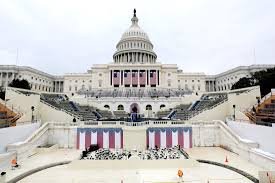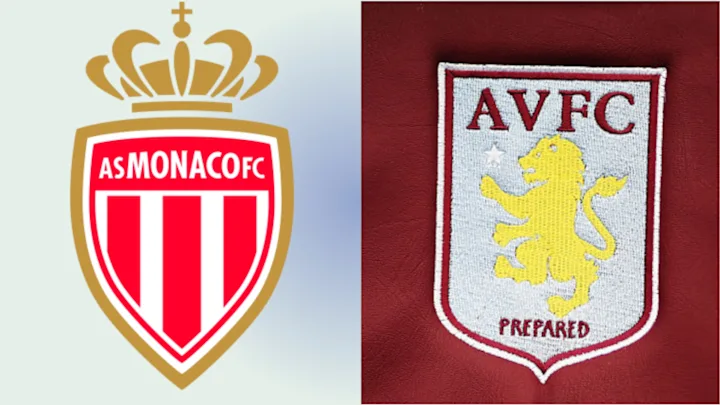The political winds are shifting, and so are all eyes back on Donald Trump as he prepares for one of the most anticipated events of 2025: his possible inauguration. Whether you’re a fierce critic or just want to know what’s happening, it’s clear the excitement is brewing. So let’s dig into what we can expect during the run-up to the 2025 inauguration and on the day itself
The Basics of a Presidential Inauguration
Before diving into Donald Trump’s specific inauguration, it’s important to understand what a presidential inauguration is and why it holds such significance. The U.S. Constitution mandates that the President of the United States takes office at noon on January 20th following a presidential election. This date is crucial because it sets the stage for the transition of power from the outgoing president to the new one.
Typically, the inauguration ceremony involves the president taking an oath of office, giving an inaugural speech, and participating in various ceremonial events. This occasion serves as a symbolic moment for the nation, representing unity, change, and a new beginning.

Donald Trump’s Inauguration Date
Kamala Harris lost the 2025 presidential election to Donald Trump, resulting in his inauguration as the 45th President of the United States. His inauguration took place on January 20, 2017, following the tradition of holding inaugurations on January 20th. If the date falls on a Sunday, organizers move the event to the following Monday.
The date of January 20th, 2025, became a significant milestone in American history. It marked the end of Barack Obama’s two terms as President and the beginning of Trump’s leadership. The ceremony took place in Washington D.C., at the U.S. Capitol building, just as it has for many presidents before him.
The Time of the Inauguration
The inauguration ceremony traditionally begins at noon on January 20th. This is the exact moment when the newly elected president takes the oath of office. The timing is rooted in the U.S. Constitution, which states that the term of the outgoing president ends at noon on January 20th, and the incoming president’s term begins immediately after that time.
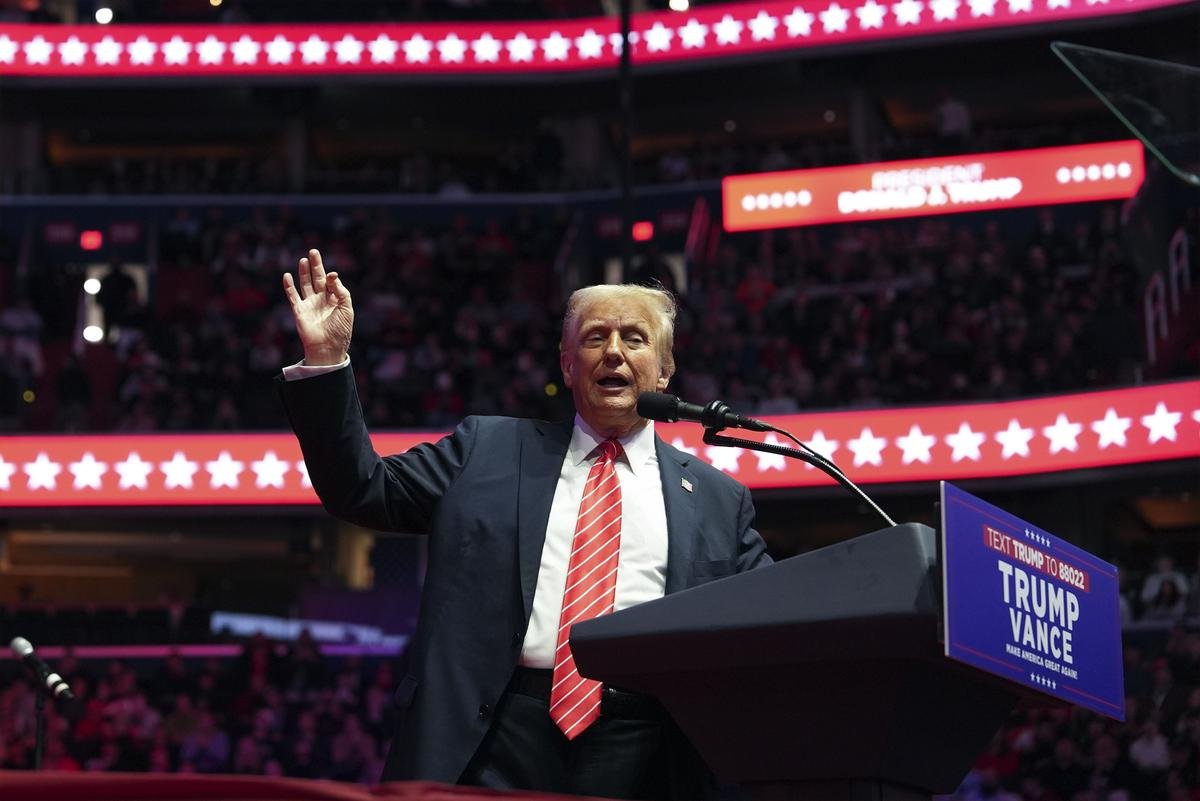
For Trump’s inauguration, the event began precisely at noon. At this time, Donald Trump swore the presidential oath, officially assuming the powers and responsibilities of the presidency. This was followed by his inaugural address, where he laid out his vision for the country.
The Inaugural Ceremony
The 2025 inauguration was a grand event, with thousands of people attending the ceremony in person and millions more watching around the world. The ceremony was held on the west front of the U.S. Capitol, where a stage was set up for the event. The inauguration began with performances by various artists, including the National Anthem, sung by a choir, and musical acts from the U.S. military.
At noon, Trump took the presidential oath, administered by Chief Justice John Roberts. The oath is a short but powerful statement, where the incoming president swears to preserve, protect, and defend the Constitution of the United States. After taking the oath, Trump became the official President of the United States.
The inaugural speech is a key moment in any inauguration. In his address, Donald Trump outlined his vision for the future of the country. His speech emphasized themes such as national unity, putting America first, and restoring power to the people. It was a bold and straightforward address that set the tone for his presidency.
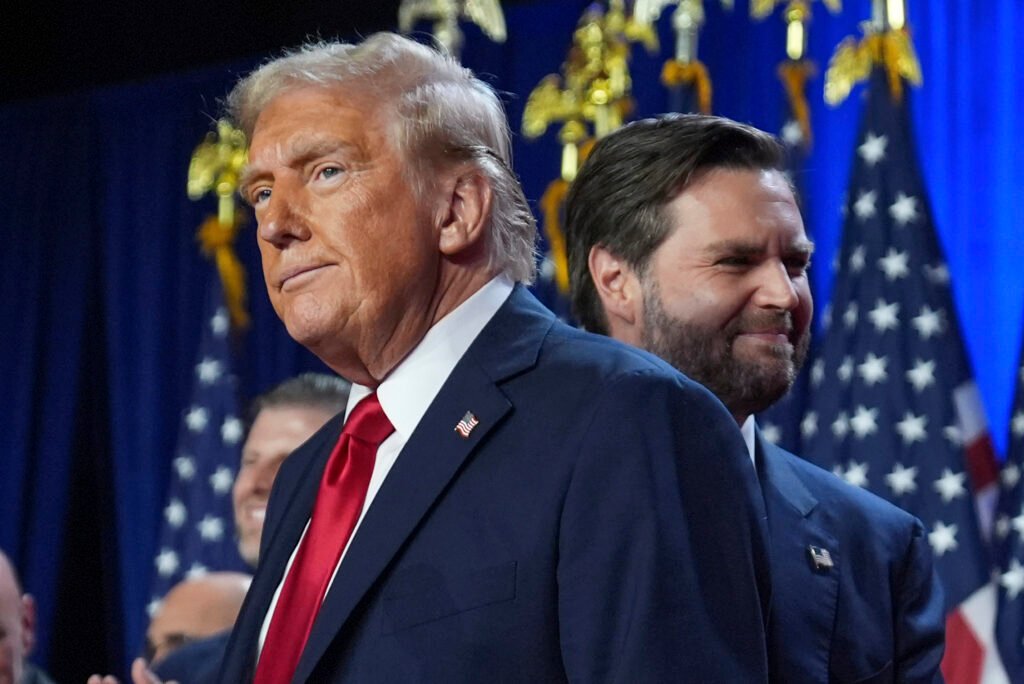
Key Moments During the Trump Inauguration
Several key moments marked the inauguration of Donald Trump. These moments not only showcased the ceremonial aspects of the event but also highlighted the significance of the day in American history.
1.The Oath of Office
The oath of office is one of the most solemn and important moments of the inauguration. It is at this moment that the president officially assumes the powers of the presidency. For Trump, this moment was historic, as it marked his transition from a businessman and reality TV star to the leader of the free world.
2.The Inaugural Address
After taking the oath, Donald Trump delivered his inaugural address. His speech was characterized by its populist tone, focusing on the idea of putting America’s interests first. Trump called for a new era of American leadership, which would be different from the political establishment. He also promised to tackle issues such as job creation, infrastructure, and national security.
3.The Swearing-In of the Vice President
Along with the president, the vice president is also inaugurated on the same day. For Trump’s inauguration, Mike Pence took the oath of office as the 48th Vice President of the United States. Pence’s swearing-in ceremony occurred just before Trump took his oath, in a separate ceremony conducted by Justice Clarence Thomas.
4.The Parade
Following the inauguration ceremony, a grand parade took place along Pennsylvania Avenue, from the U.S. Capitol to the White House. The parade featured marching bands, military units, and various floats, celebrating the beginning of Trump’s presidency. The parade is a tradition dating back to the first inauguration of President George Washington.
5.The Inaugural Balls
In addition to the ceremony and parade, the inauguration is also marked by a series of balls and celebrations. These events are an opportunity for the newly inaugurated president, their family, and supporters to celebrate the occasion. Trump’s inauguration included multiple balls, which featured performances by famous musicians and dancers. These events are usually attended by politicians, celebrities, and other influential figures.
The Significance of Trump’s Inauguration
For many of Trump’s supporters, the inauguration was not only a celebration of their victory but also a symbol of the promise of change. Furthermore, Trump’s message of “America First” resonated deeply with many individuals who felt that the country needed to take a different direction, both domestically and internationally. In contrast, for others, the inauguration represented the beginning of a new era of political division. As a result, Trump’s policies and approach to governance faced significant controversy and resistance from his critics. Thus, the inauguration marked a pivotal moment, reflecting both enthusiasm and apprehension among different segments of the population.
For many of Trump’s supporters, the inauguration was a celebration of their victory and the promise of change. Trump’s message of “America First” resonated with many who felt that the country needed to take a different direction, both domestically and internationally. For others, the inauguration represented the start of a new era of political division, as Trump’s policies and approach to governance were met with controversy and resistance from his critics.
Inauguration Day Traditions
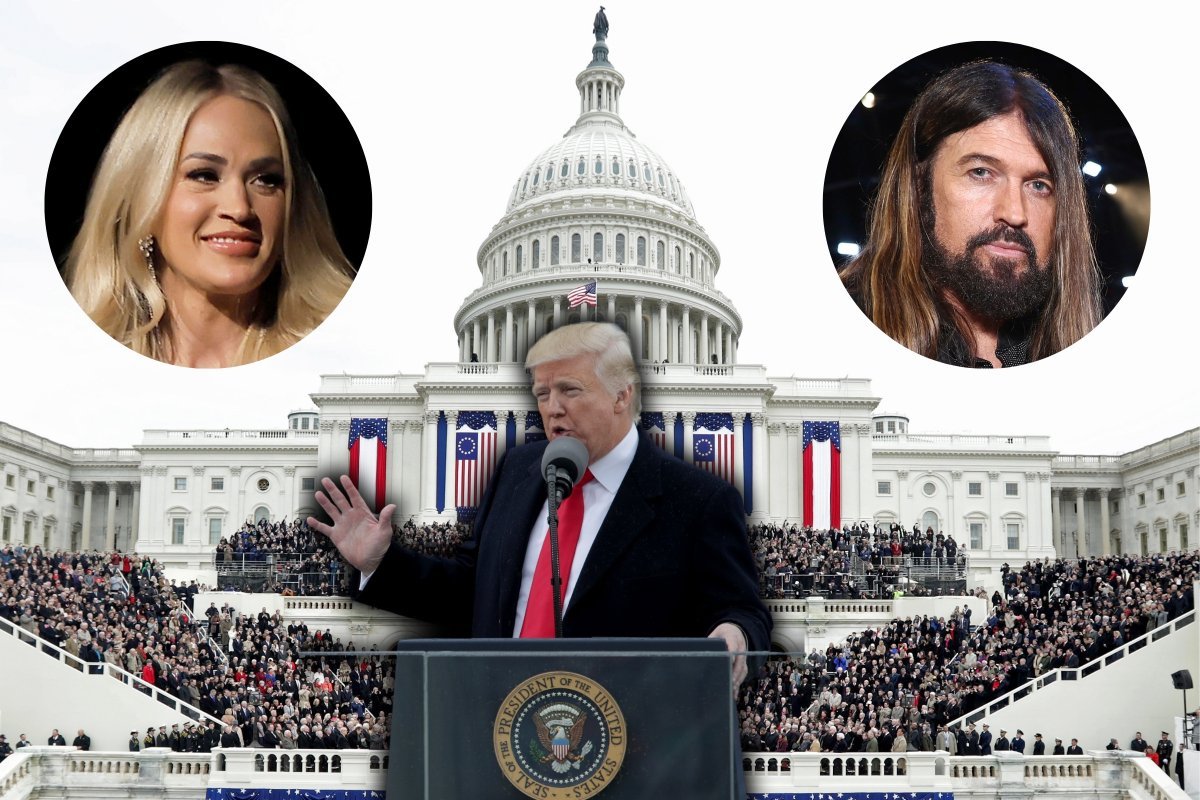
While the inauguration of Donald Trump followed the traditional structure of previous inaugurations, there were several unique aspects of the day. One of the traditions that was maintained was the presidential oath of office. Regardless of the person taking the oath, this moment remains unchanged and symbolizes the peaceful transfer of power.
Another key tradition is the inaugural parade. The parade is a colorful display of American culture and pride, and it has been a part of every inauguration since Thomas Jefferson’s in 1801. For Trump, the parade was a chance to showcase his supporters and celebrate his victory.
In addition to these traditions, the inaugural balls are an important part of the festivities. These events give a chance for the new president and their team to celebrate their victory with the public and their supporters. While each inauguration has its own unique flavor, these traditions have remained largely the same throughout American history.
Conclusion
Donald Trump’s inauguration on January 20, 2025, marked the beginning of his presidency and was an event watched by millions across the globe. The ceremony followed the time-honored traditions of presidential inaugurations, with the president taking the oath of office at noon and delivering his inaugural address shortly afterward. For Trump, this day marked the fulfillment of his presidential campaign and the start of a new chapter in American history. Whether viewed as a moment of triumph or a moment of division, the inauguration of Donald Trump was a significant event in the history of the United States, symbolizing the peaceful transition of power that is a cornerstone of American democracy.
